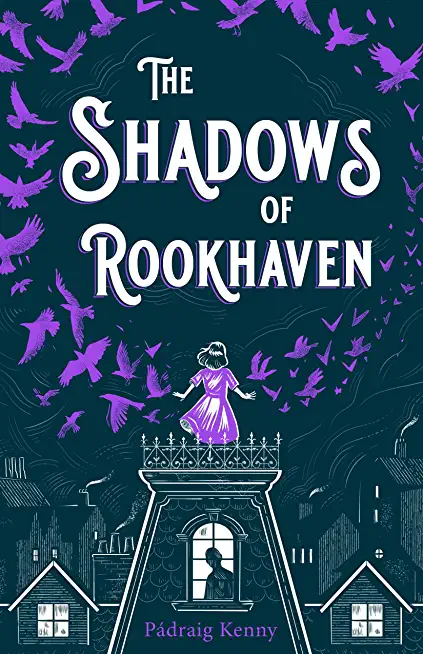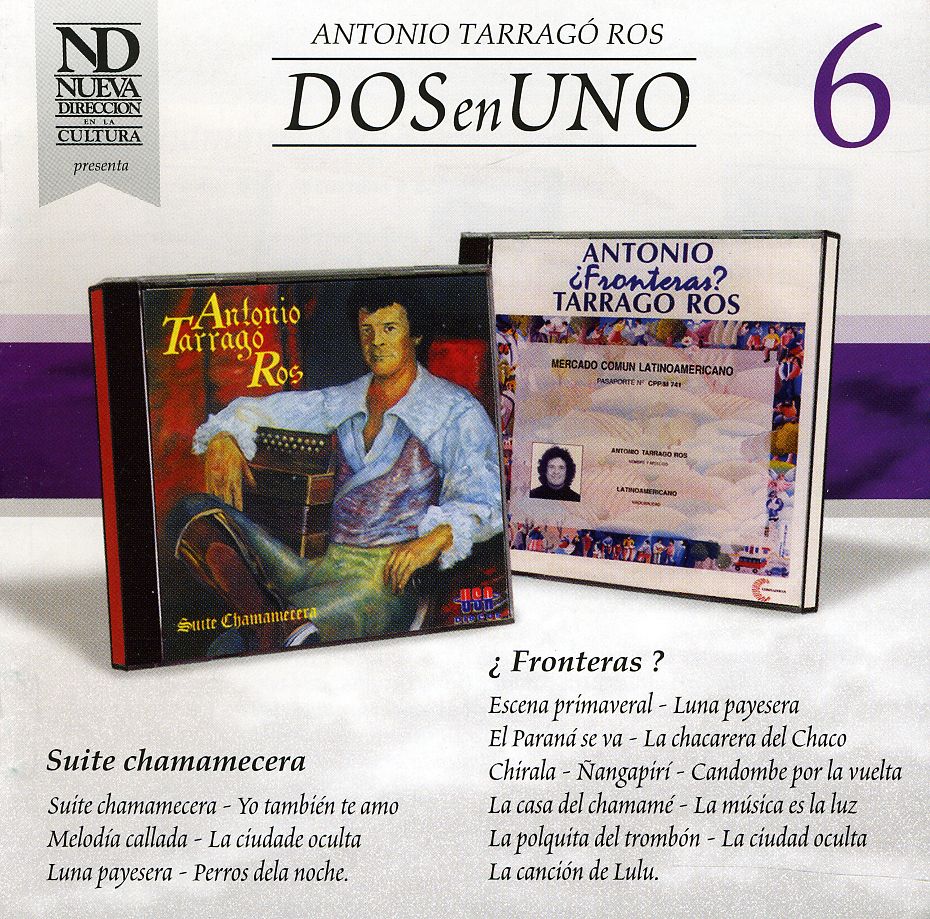
Donato, Clorinda
product information
description
9From the time Catterina Vizzani, a young Roman woman, began wooing the woman she was attracted to, she did so dressed as a man. Fleeing Rome to avoid a potential trial for sexual misdeeds, she became Giovanni Bordoni, transitioning and becoming a male in spirit, deed, and body, through what was the most complete physical change possible in the eighteenth century. This volume features Giovanni Bianchi's 1744 Italian account of Vizzani/Bordoni, published for the first time together with a modern English translation, making available to an English-speaking audience the objective, scientific exploration of gender conducted by Bianchi. John Cleland's well-known, albeit fanciful, 1751 version of the story has also been reproduced here, shedding light on the divergent sexual politics driving Bianchi's Italian original and Cleland's greatly embellished English translation. Through a close examination of Bianchi's work as anatomical practitioner and scholar, Clorinda Donato traces the development of his advocacy for tolerance of all sexual orientations. Several chapters address the medical and philosophical inquiry into sexual preference, reproduction, sexual identity, and gender fluidity which Enlightenment anatomists from Holland to Italy engaged with in their research concerning the relationship between the mind and the reproductive organs. Meanwhile, it is the social implications of gender ambiguity which may be analysed in Cleland's condemnation of women who pass as men. Drawing on the biographies produced by Bianchi and Cleland, the volume reflects on the motivation of each author to tell the story of Vizzani/Bordoni either as a narration of empowerment or a cautionary tale within the European context of evolving sexual opinions, some based on scientific research, others based on social practice and cultural norms.
member goods
No member items were found under this heading.
Return Policy
All sales are final
Shipping
No special shipping considerations available.
Shipping fees determined at checkout.







